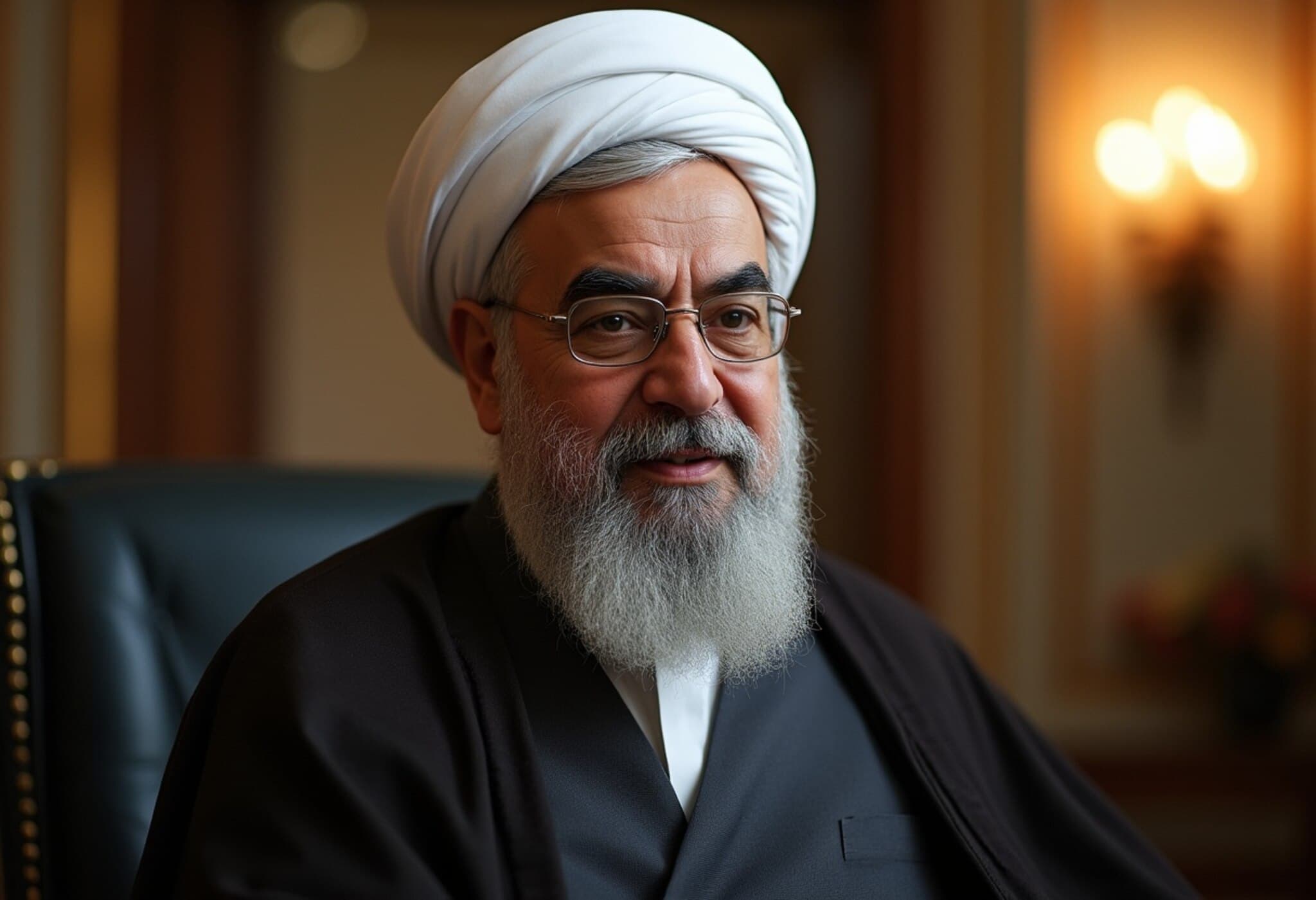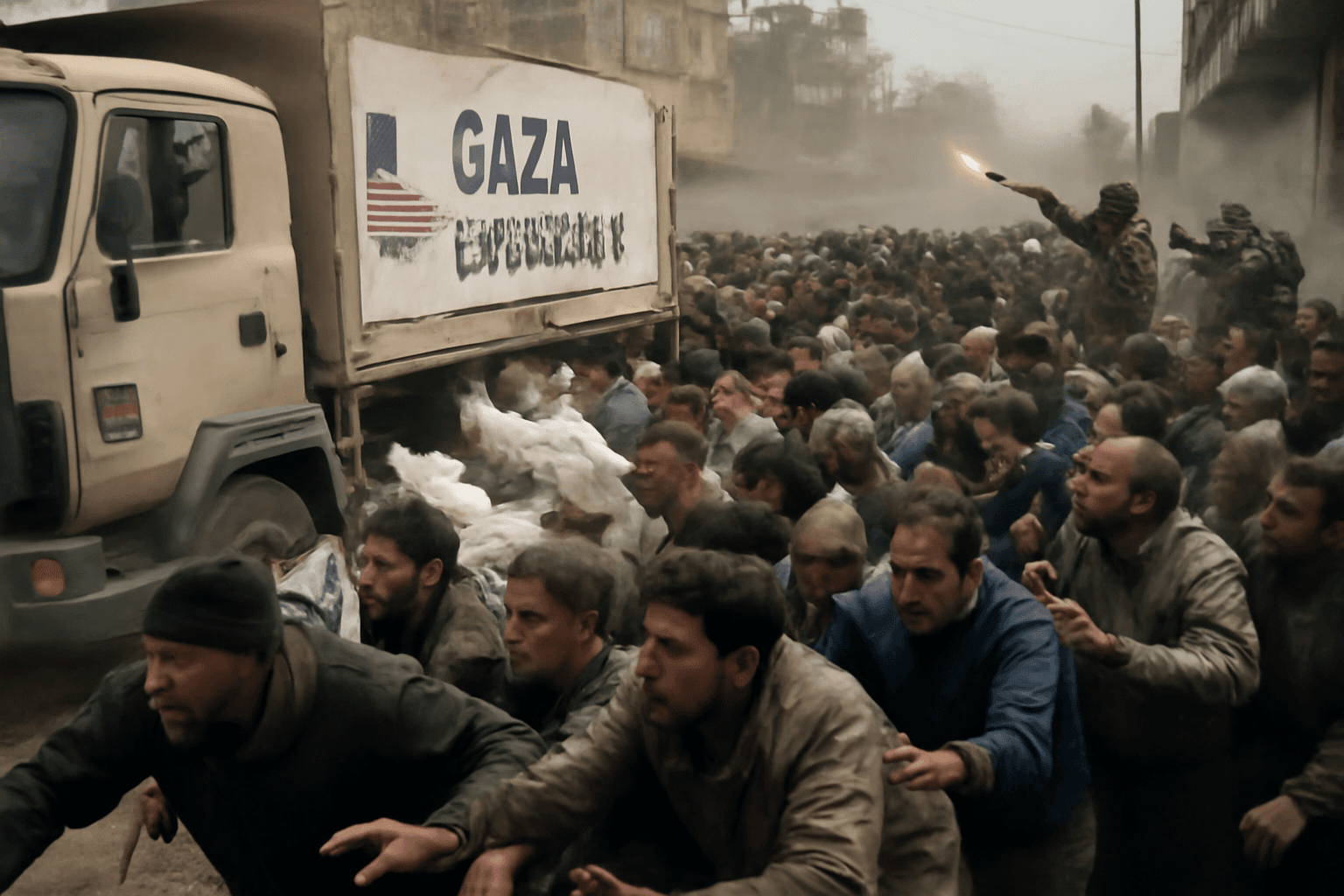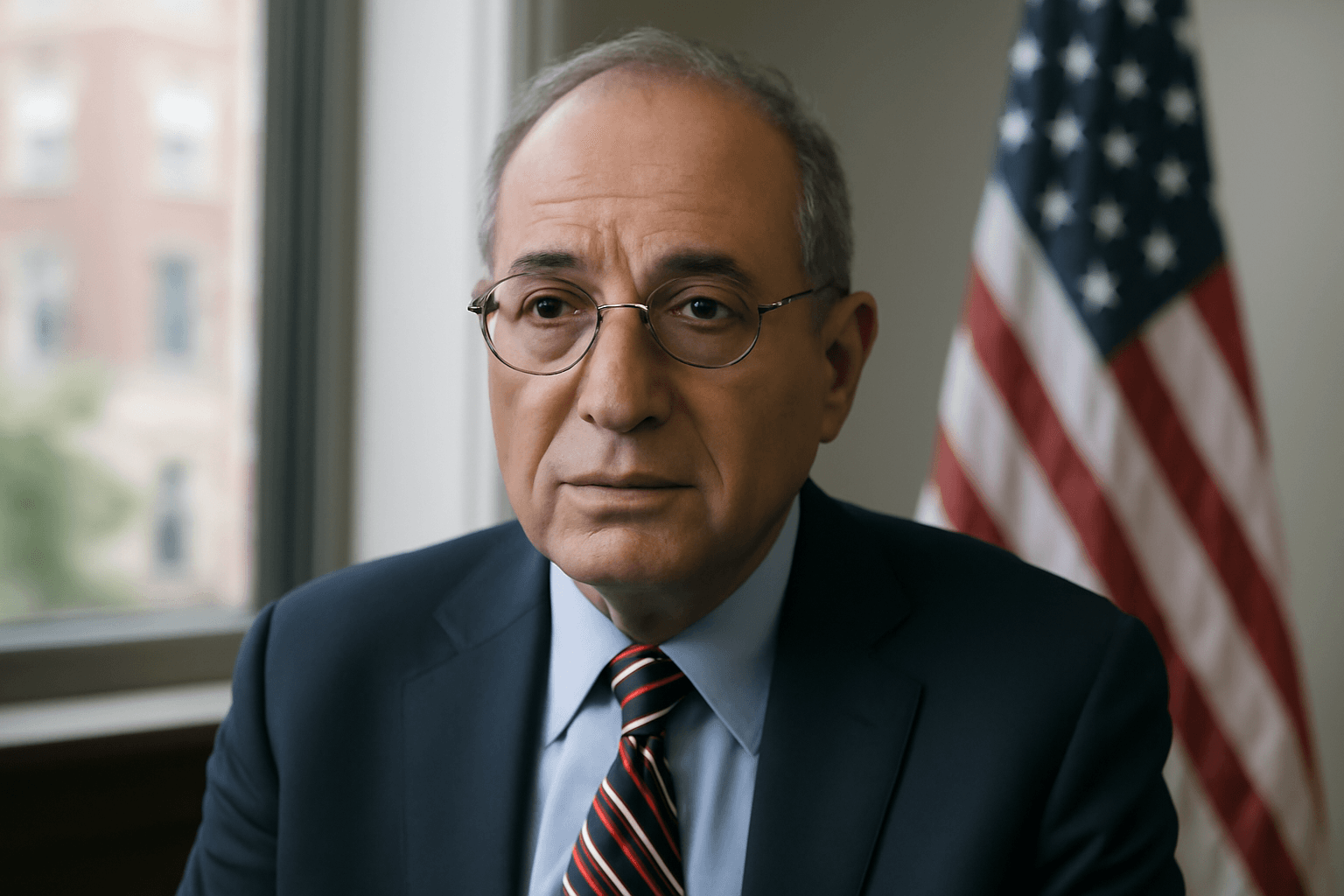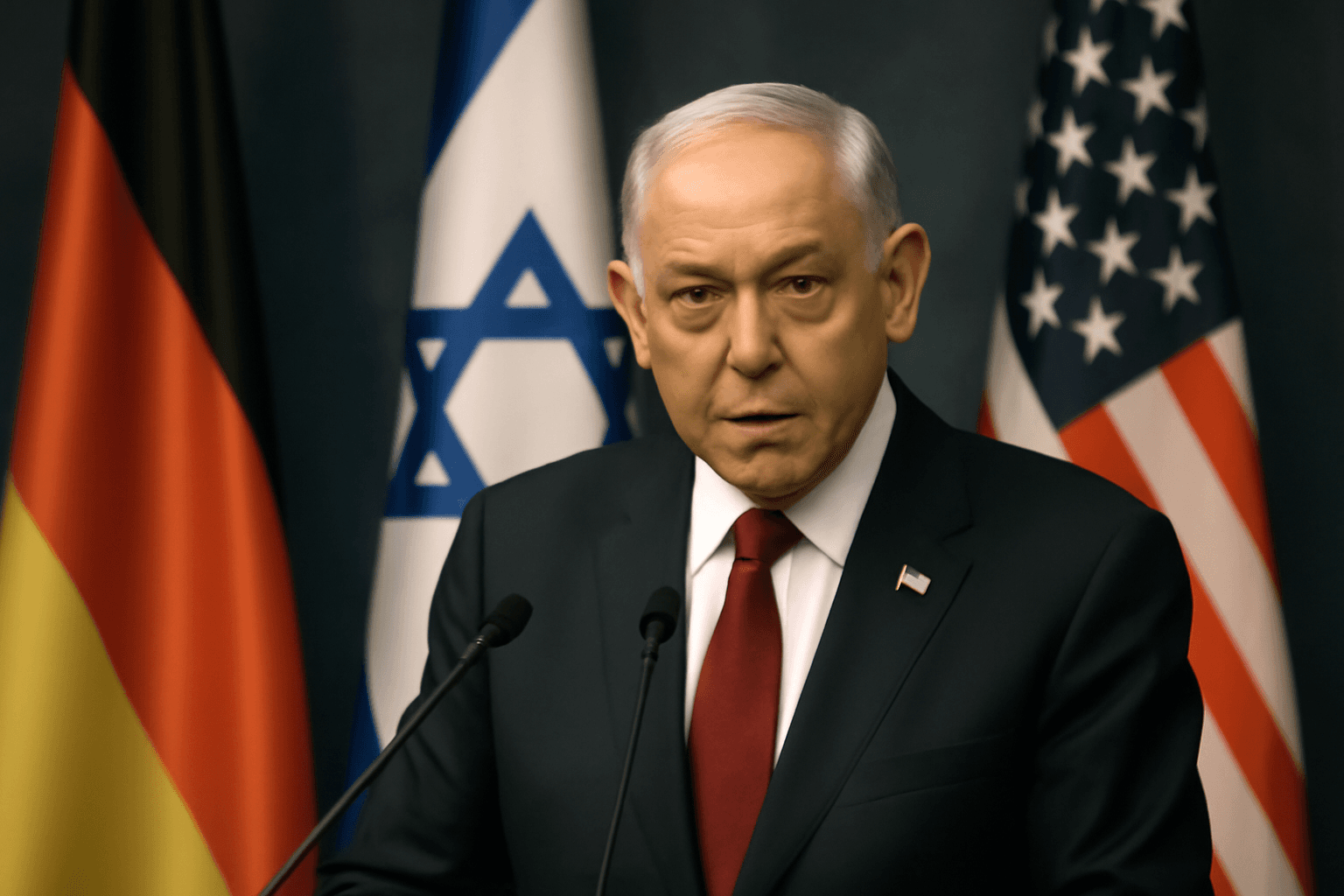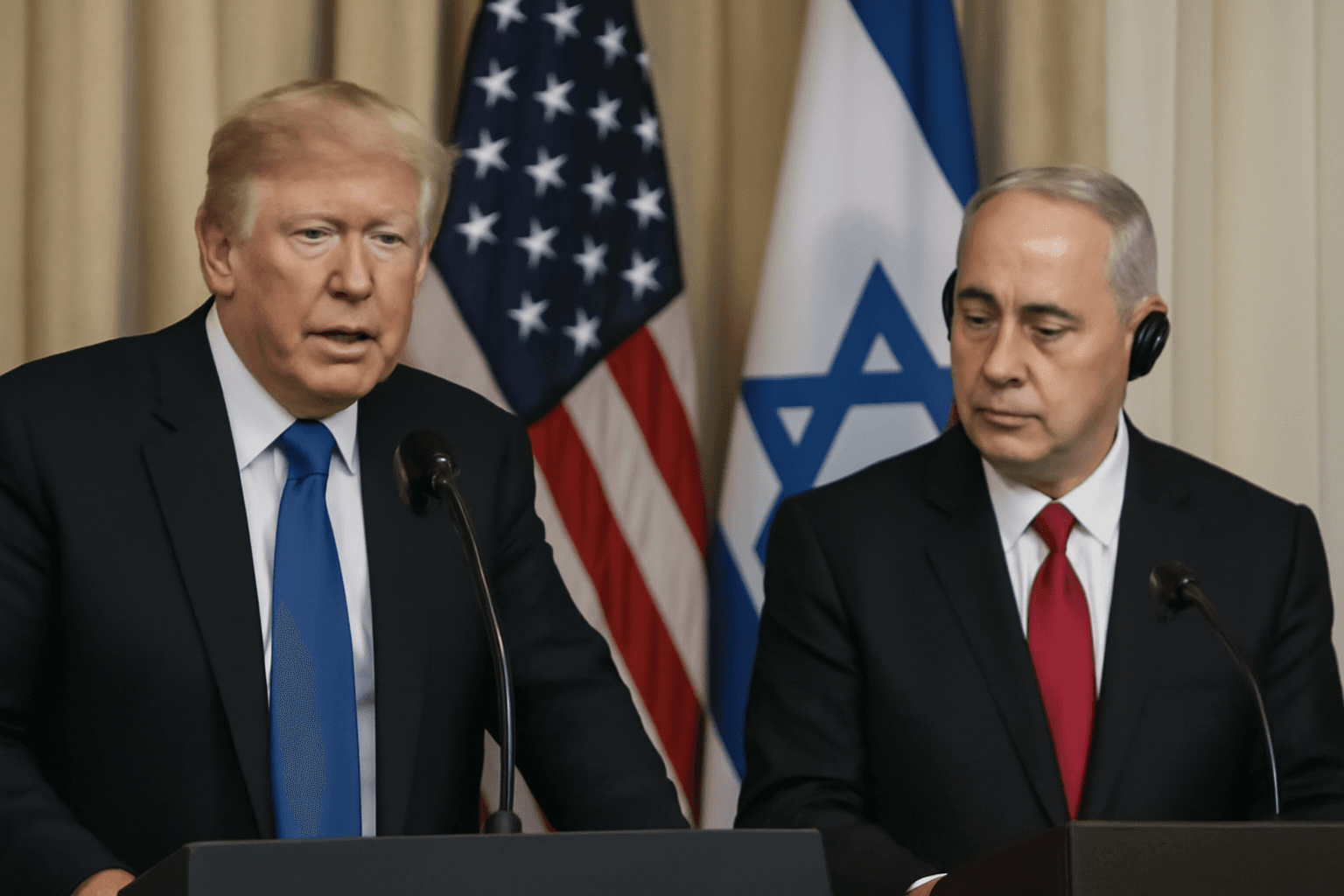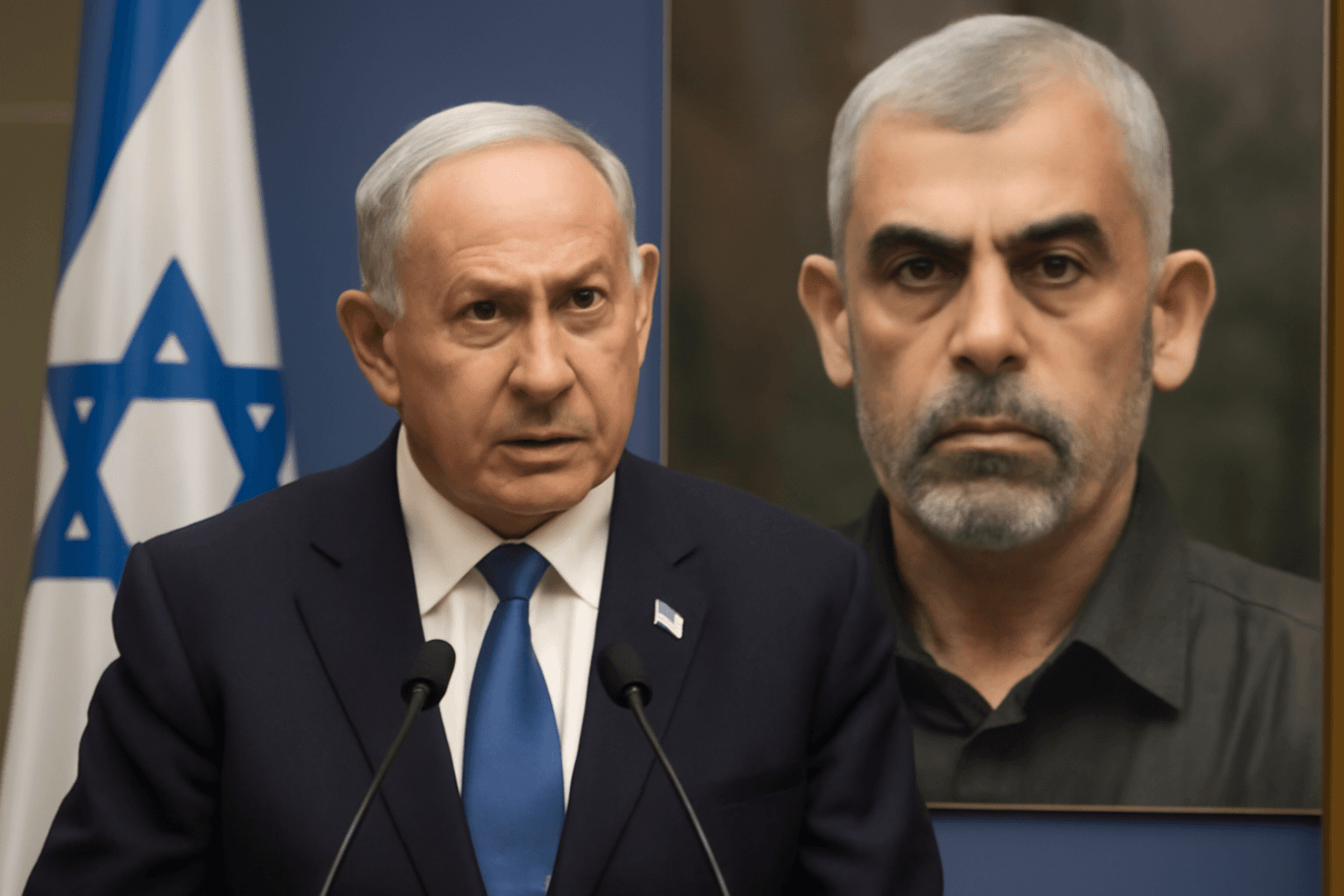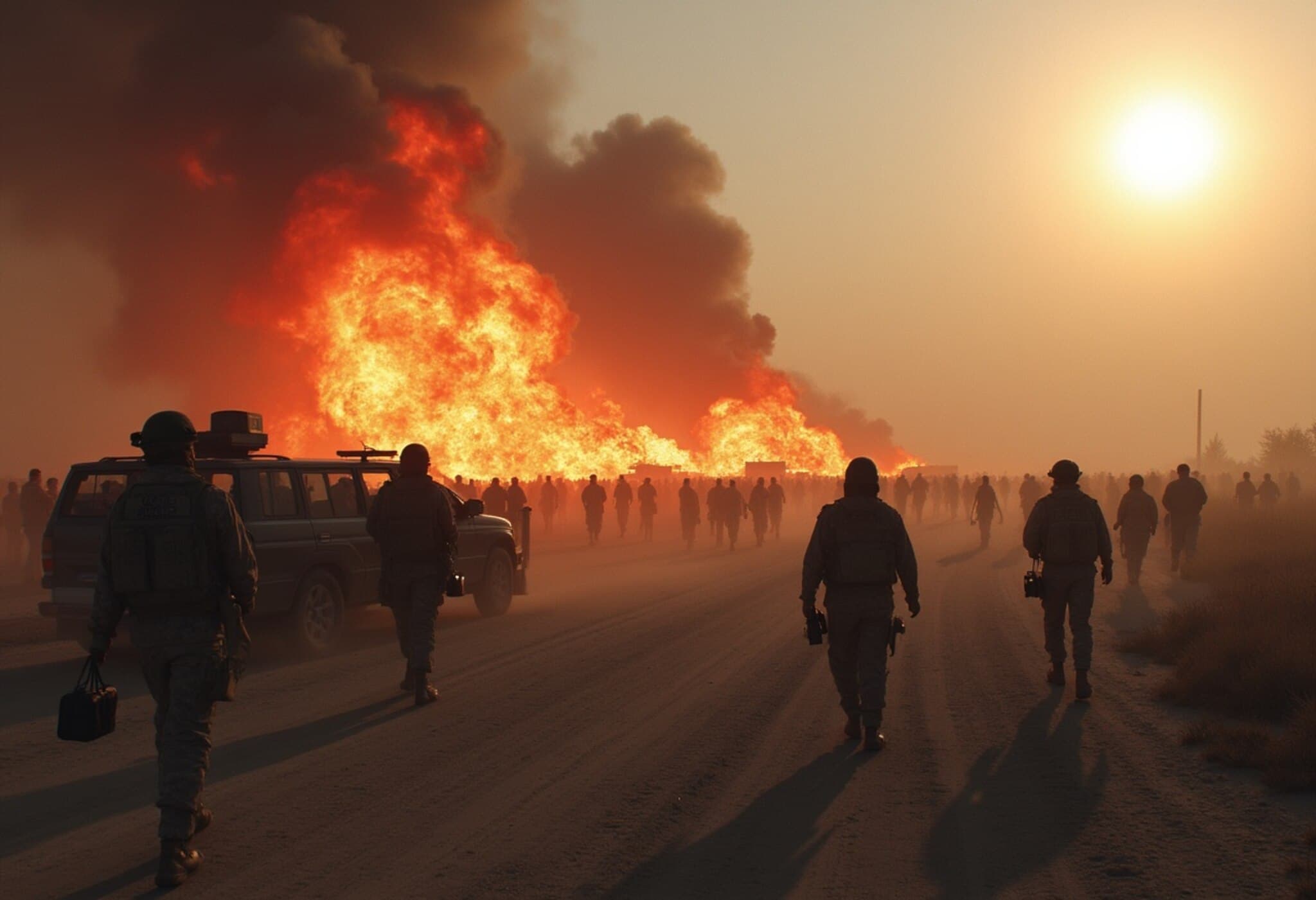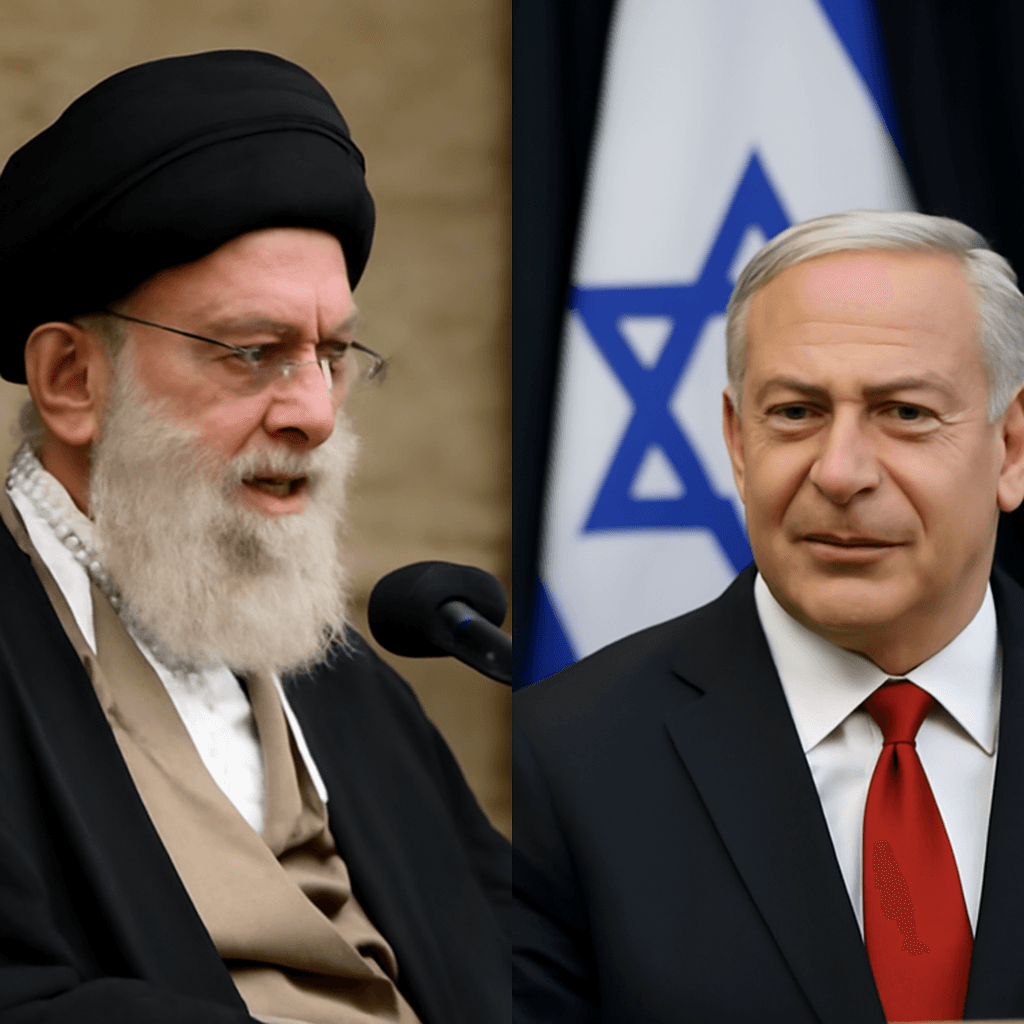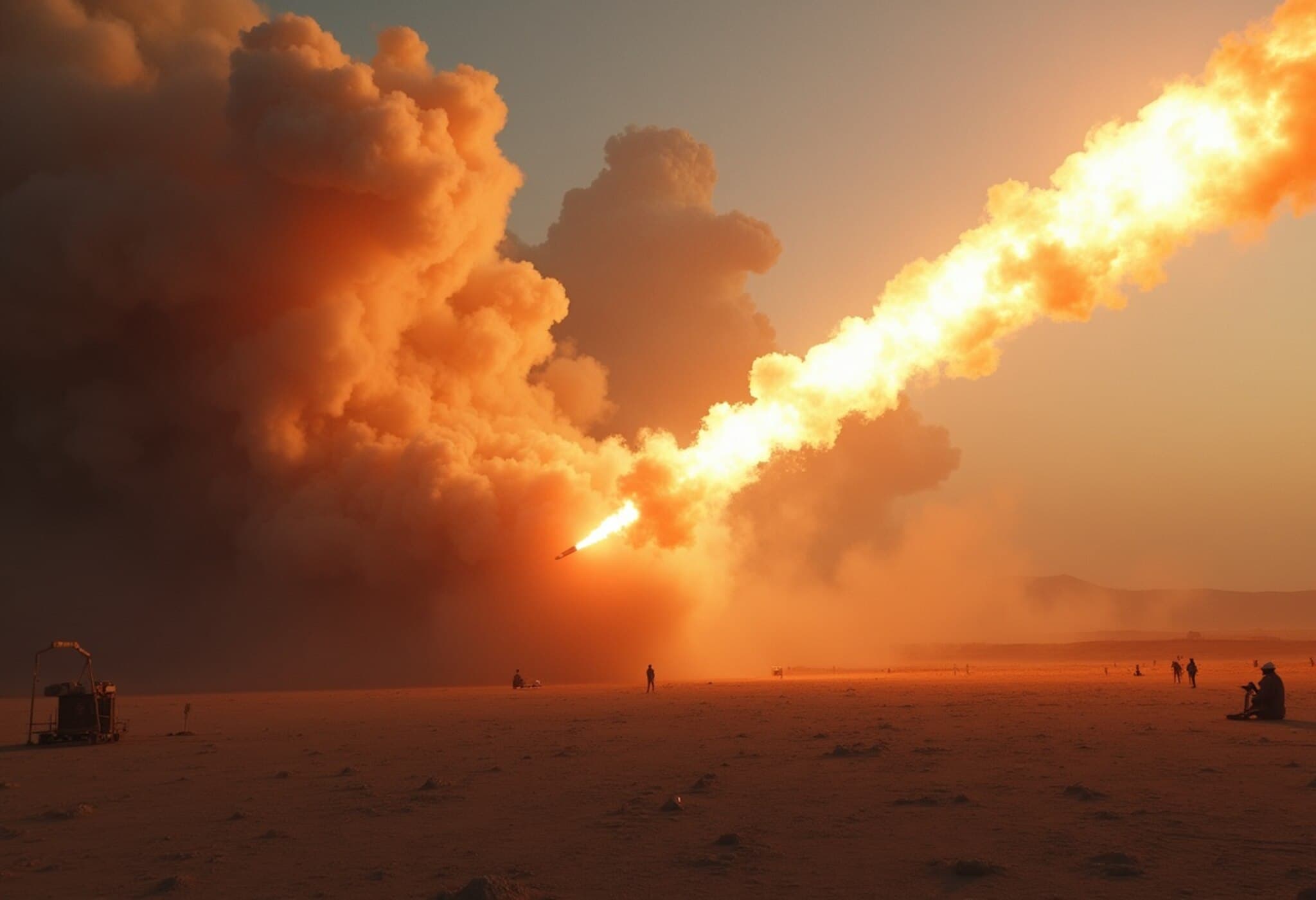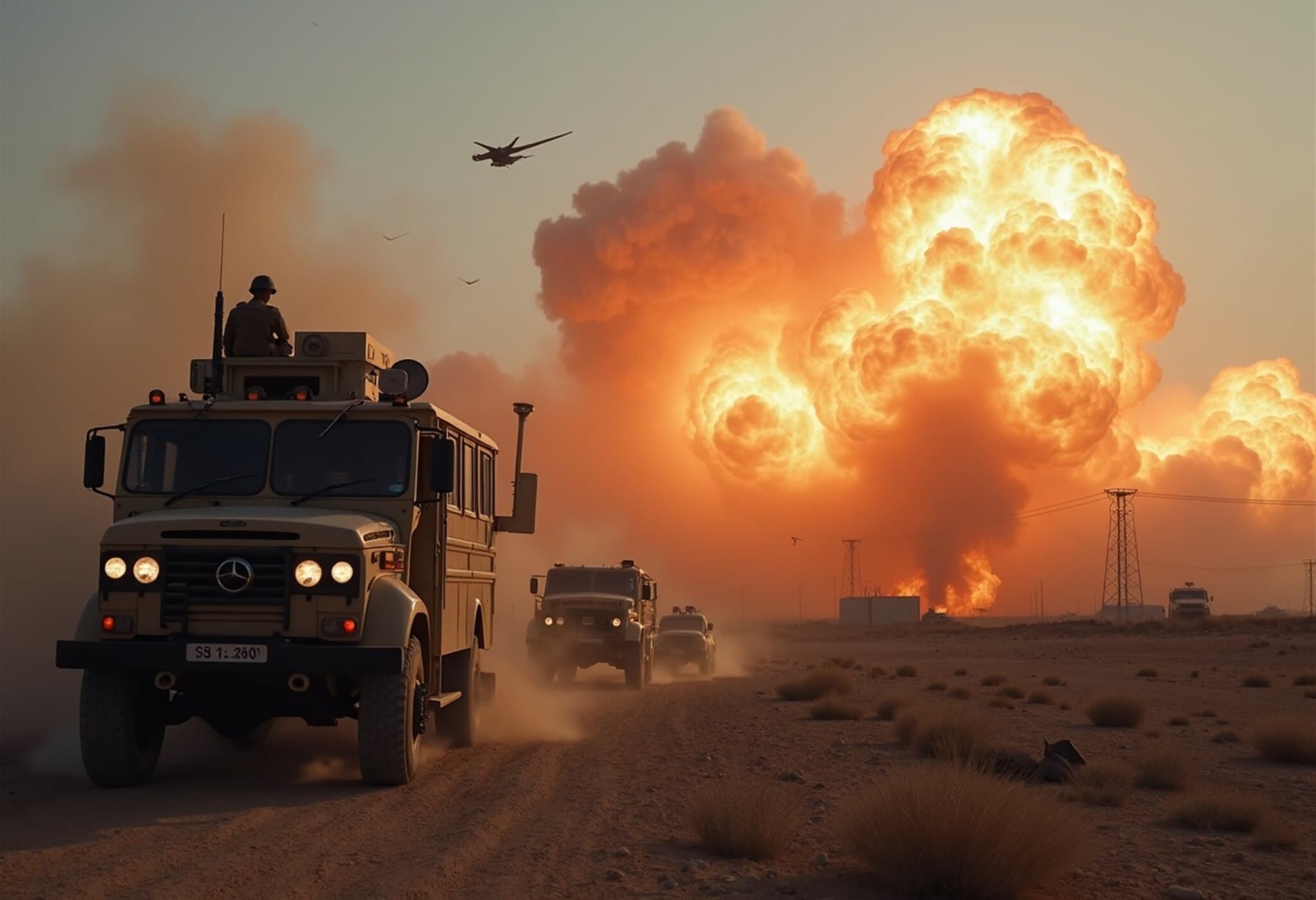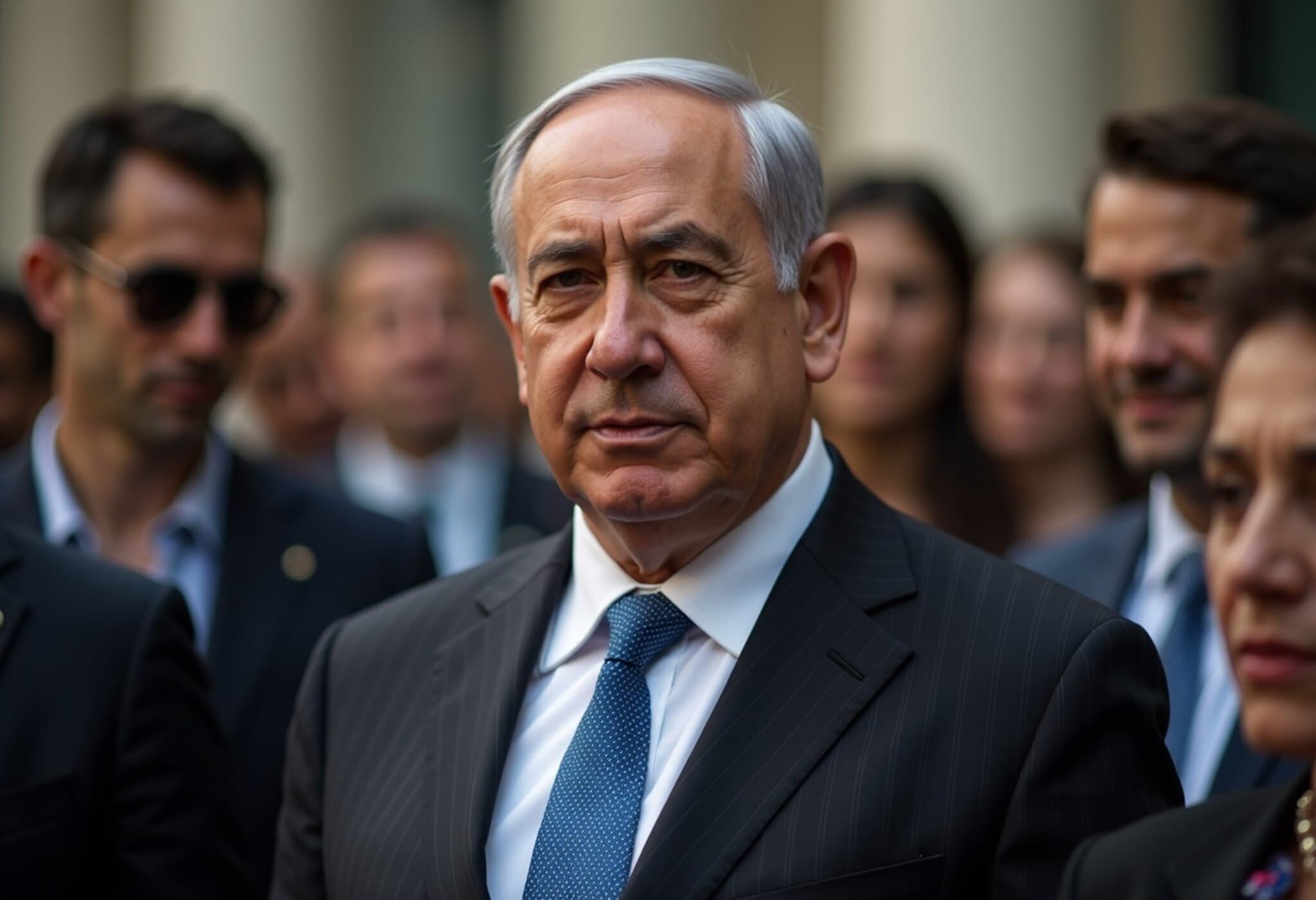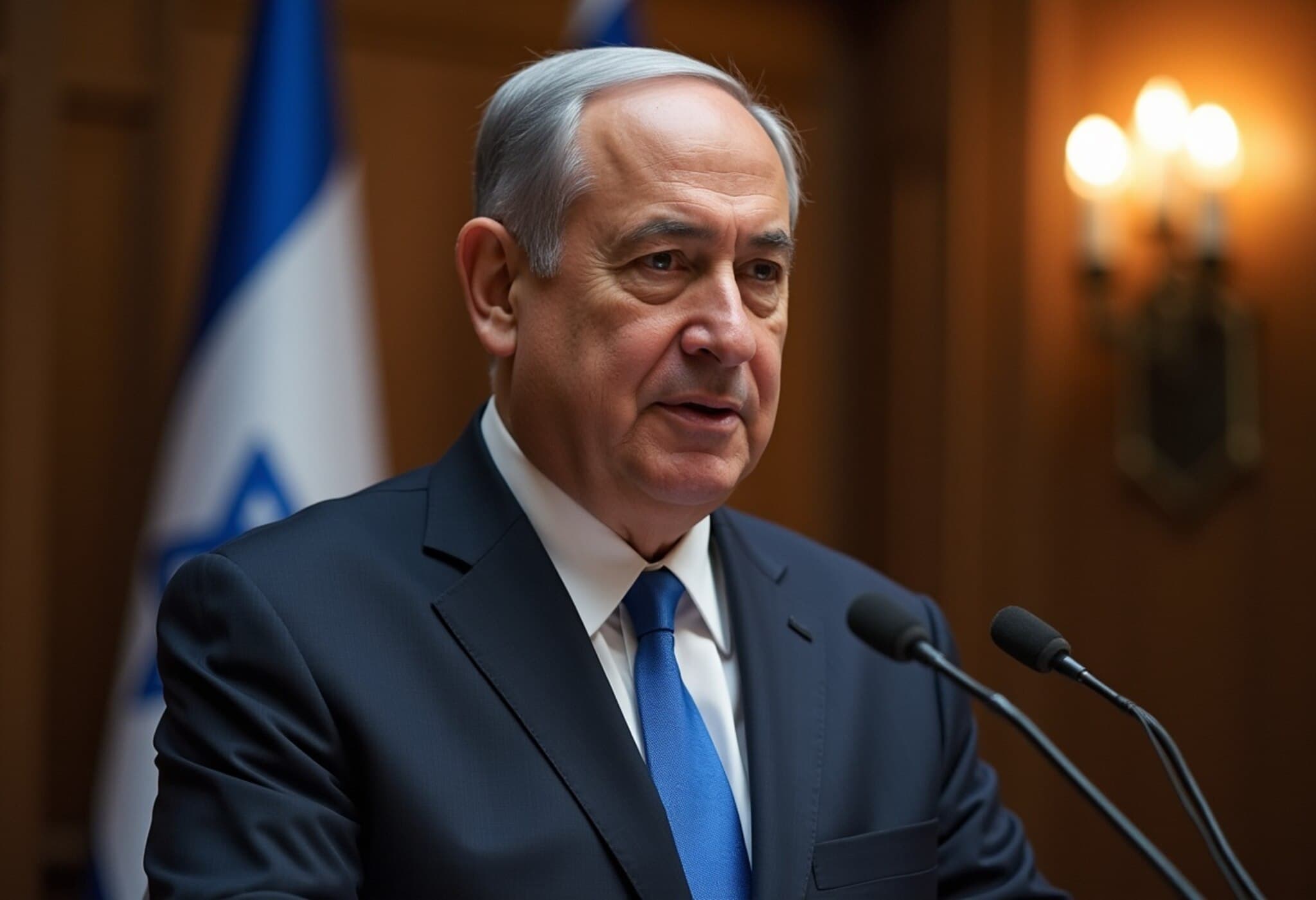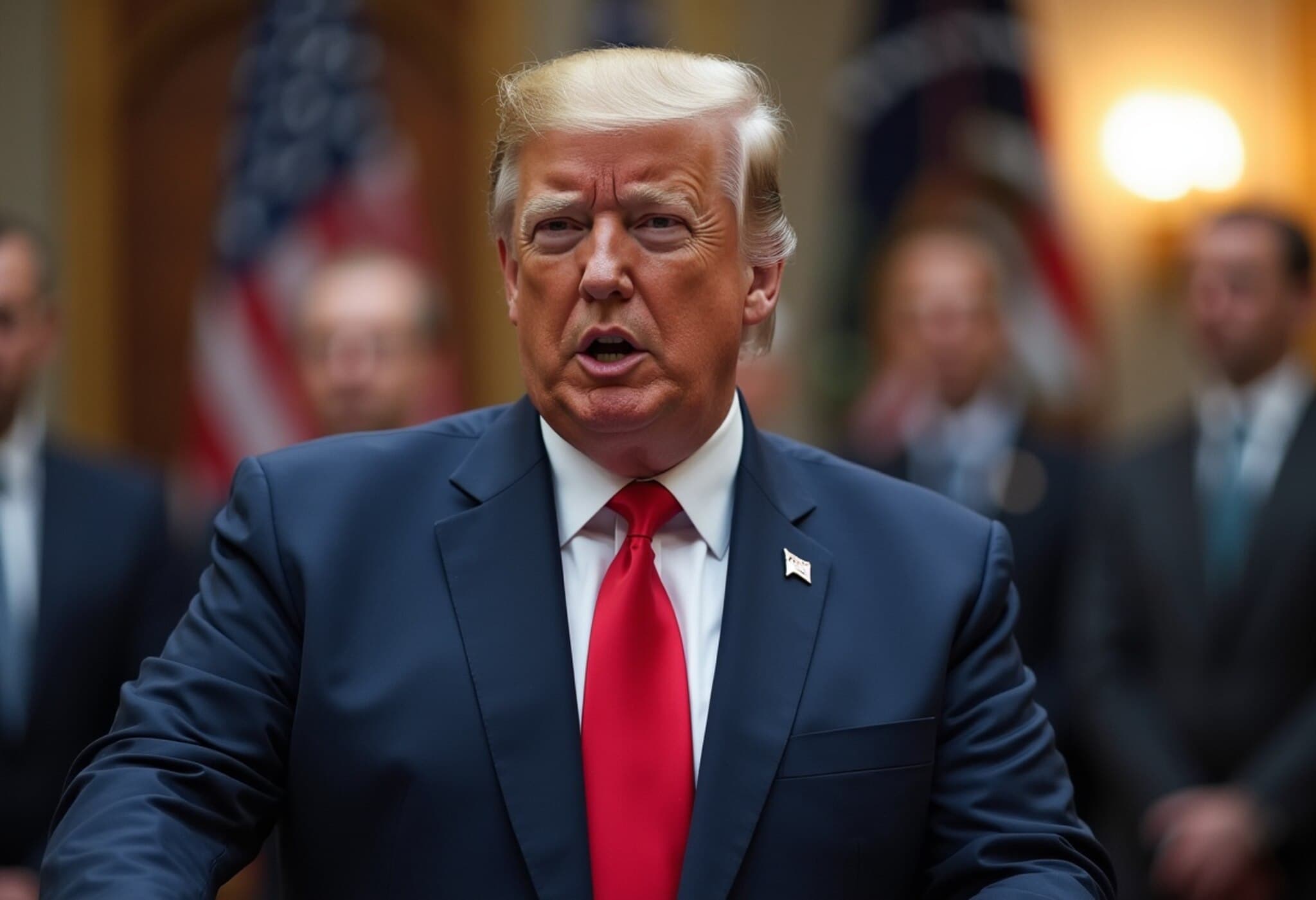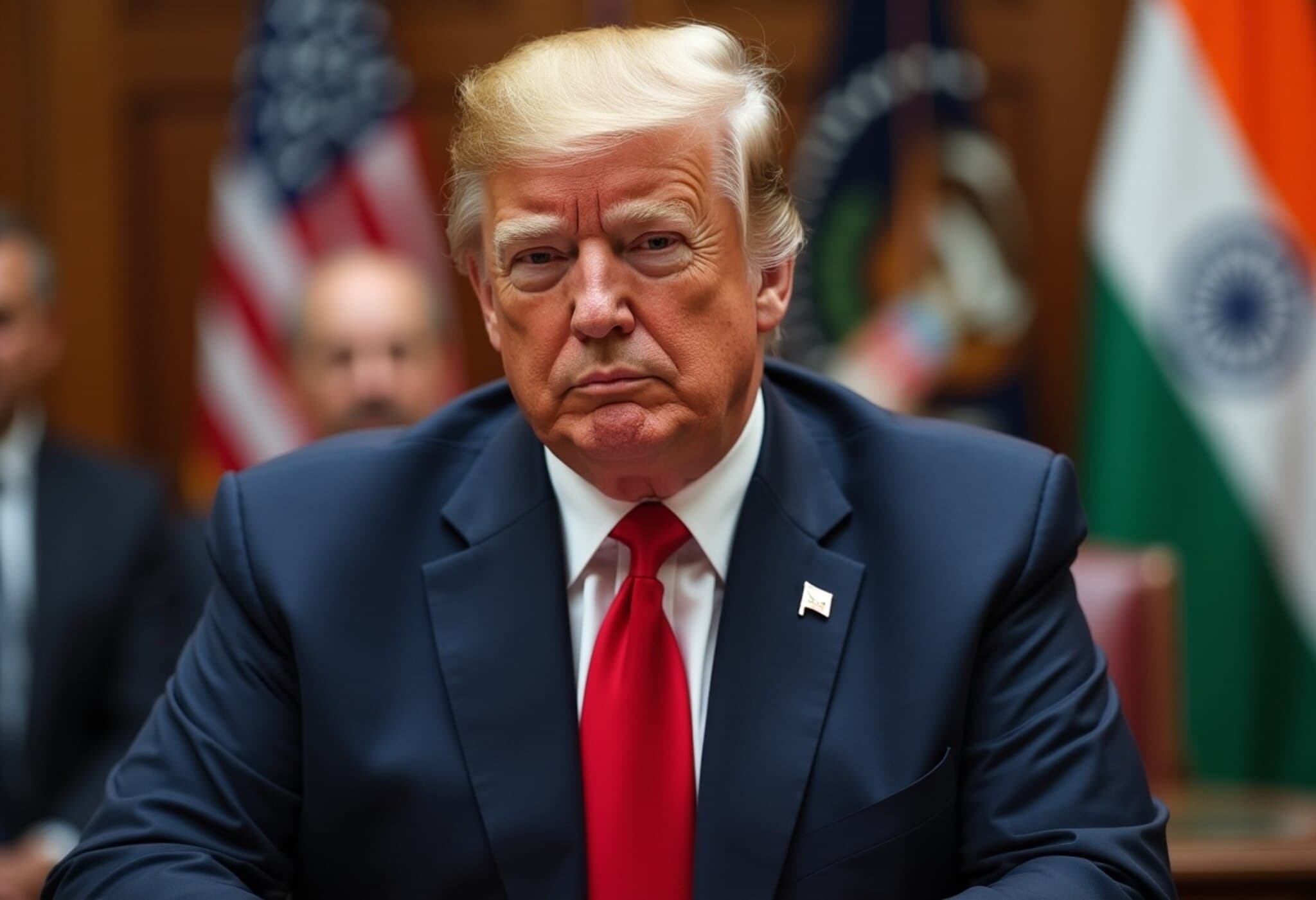Iran's Supreme Leader Ayatollah Ali Khamenei Missing From Public Eye Amid Crisis
For nearly a week now, Ayatollah Ali Khamenei, Iran's Supreme Leader, has remained mysteriously absent from public view, fueling speculation and concern across the nation. His disappearance comes amidst a period of heightened tension between Iran and Israel, which saw a recent ceasefire after days of intense conflict.
The Disappearance and Rising Anxiety
Just before coordinated US strikes targeted Tehran's key military sites, Khamenei vanished from both his residence and official office. Despite celebrations erupting in Tehran, with locals claiming victory following the recent aerial exchanges, the Supreme Leader has yet to address or appear before his people.
Official Statements and Concerns
In an exclusive discussion, Mehdi Fazaeli, head of Khamenei's archives, expressed the rising anxiety surrounding the leader's disappearance. When questioned about Khamenei's condition, Fazaeli refrained from direct answers, instead urging citizens to keep the Supreme Leader in their prayers. He reassured that those responsible for his safety remain vigilant and emphasized hope for a victorious future alongside their leader.
Reports suggest that the 86-year-old has taken refuge in a secure underground bunker, deliberately avoiding electronic communication to mitigate assassination risks. Yet, his silence during a critical showdown with Israel has only deepened public uncertainty.
Public and Media Reaction
Mohsen Khalifeh, editor of the Tehran-based newspaper Khaneman, voiced widespread concern, noting that Khamenei’s extended absence unsettles not just supporters but the entire nation. Addressing rumors about the Supreme Leader's demise, he remarked that, if true, Khamenei’s funeral would become a historic event of unparalleled magnitude.
Backdrop: The Ceasefire and Conflict Details
The ceasefire announcement came from US leadership less than two weeks after Israel launched a surprise airstrike on Iranian soil, alleging Tehran was close to developing nuclear weapons. Iranian officials claim these airstrikes resulted in 627 deaths and nearly 5,000 injuries. In response, Iran retaliated with missile strikes on Tel Aviv and Jerusalem, causing extensive damage and at least 14 casualties.
During the height of missile exchanges, the US ordered strikes on three Iranian nuclear facilities, citing safety concerns before calling for peace. The tense stand-off and subsequent ceasefire leave Iran’s leadership at a crossroads, with the nation's future resting on the balance.
What’s Next for Iran’s Supreme Leader?
Khamenei remains out of sight amid this delicate crisis, his silence speaking volumes in a country craving leadership. Whether he chooses to step forward to reassure the nation or remains in seclusion, the global community watches closely, aware that Iran's path forward hinges significantly on the Supreme Leader’s next move.

